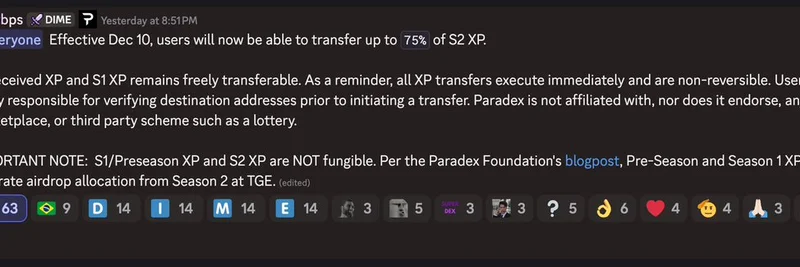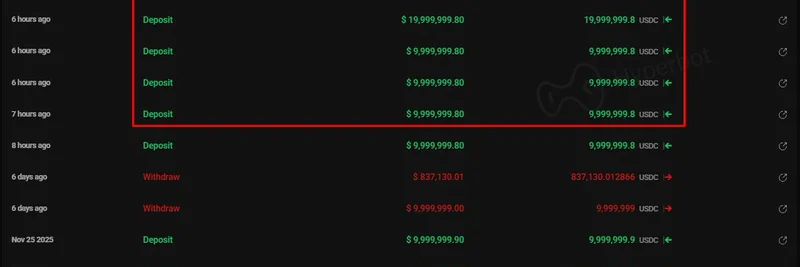Hey there, crypto enthusiasts! If you've been diving into the world of blockchain lately, you might have come across the term "transfer hooks." Jacob Creech, a notable voice on X, recently shared an insightful thread on this topic that’s got everyone buzzing. Let’s break it down together in a way that’s easy to grasp, even if you’re new to this space.
What Are Transfer Hooks?
In simple terms, transfer hooks are like special tools in blockchain programming that let you add custom rules or logic when tokens (like cryptocurrencies or NFTs) are transferred. Think of them as a way to tweak the standard process of moving digital assets. Jacob’s thread starts with a quick summary: transfer hooks allow for custom logic during transfers, but here’s the catch—the sender’s privileges don’t carry over to the program handling these hooks. This keeps things secure and fair.
Cool Uses of Transfer Hooks
So, what can you do with these hooks? Jacob lists some exciting possibilities:
- Enforcing NFT Royalties: Artists can ensure they get paid a percentage every time their NFT changes hands.
- Wallet Allow/Deny Lists: You can control who can receive certain tokens, perfect for exclusive communities.
- Custom Fees: Add a small fee for each transfer, which could go to a project fund or charity.
- Custom Events: Create special notifications or actions when a transfer happens.
- Tracking Stats: Keep an eye on how tokens move to analyze trends or usage.
The thread even includes a code snippet showing how to set this up, which looks like a puzzle piece for developers to play with.
Safety First: How Transfer Hooks Protect You
Safety is a big deal in crypto, and Jacob doesn’t skip this part. Transfer hooks come with built-in protections. For instance, the source, mint, destination, and owner accounts are set to "read-only" for the hook program. This means no one can sneakily change these accounts during a transfer. Plus, there’s a delegate authority that prevents malicious use. Check out this de-escalation code example to see it in action.
Extra Features with ExtraAccountMetaList
Want to get fancy? Jacob mentions the ExtraAccountMetaList, which lets you pass additional state to the hook. This can include writeable accounts, opening the door to things like accepting different tokens as payment for a transfer. However, you’ll need a delegate PDA (Program Derived Address) approval to make it work. It’s like adding an extra layer of customization with a safety check!
Why This Matters for Meme Tokens
At Meme Insider, we’re all about keeping you updated on meme tokens and blockchain tech. Transfer hooks could be a game-changer for meme coin projects. Imagine a meme token where transfers trigger fun events or enforce community rules—pretty cool, right? Jacob’s thread points to a full guide for those who want to dig deeper, and the community’s already calling it an “alpha move” for the NFT ecosystem.
Wrapping Up
Transfer hooks are a powerful feature in blockchain, especially on platforms like Solana, where they’re part of the Token 2022 program. Whether you’re a developer looking to build or just a curious crypto fan, understanding these tools can give you an edge. Jacob’s thread is a goldmine of info, and we’re excited to see how this tech evolves. Got questions? Drop them below—we’d love to chat!
Published: 01:12 PM JST, July 13, 2025



